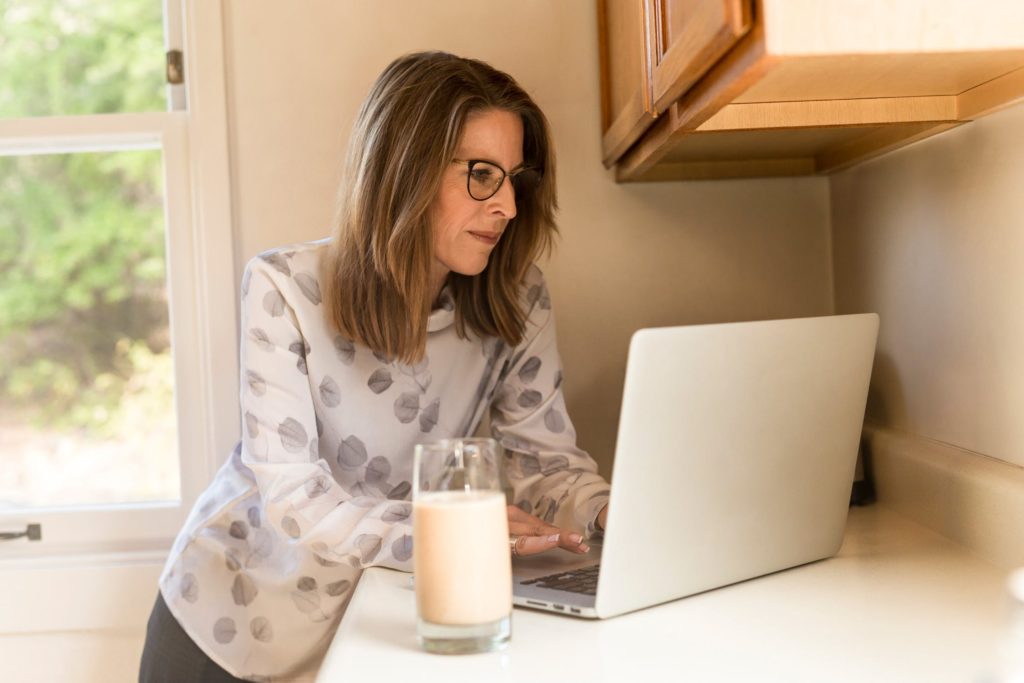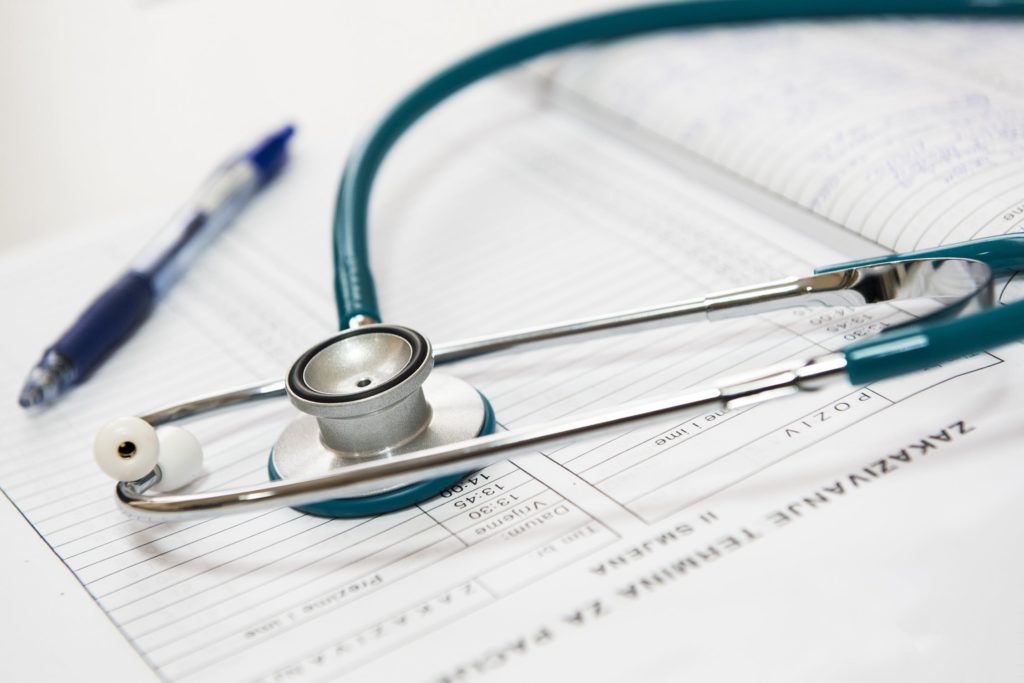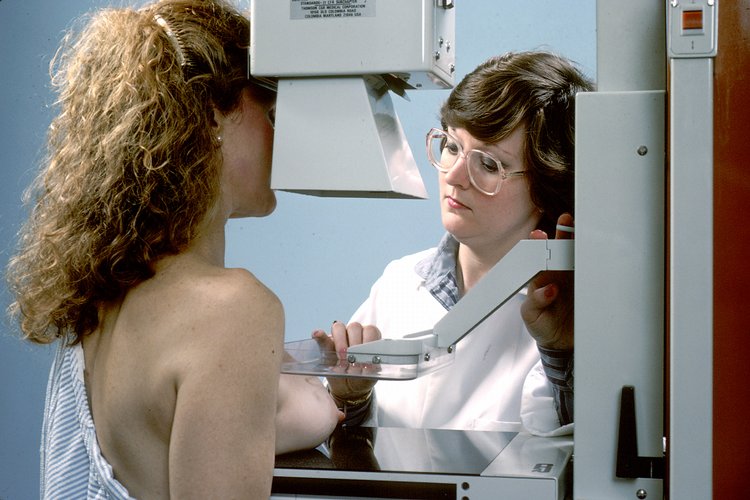
There has been a lot of talk about the baby boomer generation this past decade. Born into the booming post World War II economy, the baby boomers were able to accomplish feats never before seen in human history, such as the launching of the Voyager 1 probe (the first man-made object to leave the solar system), and making seat belts mandatory in all legal road vehicles.
The Post WWII Baby Boom of 1946 – 1964
The baby boomer generation consists of persons that were born between the years of 1946 and 1964 in the US. Today they are roughly 54 to 72 years old, and many do reside or will reside in Residential Assisted Living facilities. Seniors do want to stay in their homes as long as possible, but it’s good to have another plan in case staying in their home is not an option.
A Standard of Living Unprecedented in Human History
One of the most notable qualities of the baby boomer generation is that they were privileged to live in a time period that could be considered the peak of the middle class and enjoy a standard of living that has never been seen before throughout history. This is, of course, thanks to the post-WWII economic boom mentioned before, which can be credited to the actions of past generations, and a perfect storm of economic factors.
The baby boomer generation is aging. They have needs that will have to be met in the coming years. Care centers will be in great demand. There would be great investment opportunities for those looking ahead to this need. No matter what community you might live in, there is a need for assisted living centers and the need will continue to grow.
In the United States right now, there are over 46 million people over age 65. It is said that 40% of Americans over 65 years old will need to live in some type of senior care community or an assisted living center at some point in their lives. Over the next decade, as the aging population increases, the number of those in the United States who need assisted living or memory care centers will be approximately 11 million. The demand will be high. Right now, there are not enough centers to handle this growth. That is why it will be vital to have more residential assisted living centers built and staffed.
Twilight of the Boomers – Assisted Living vs Nursing Homes
As many boomers enjoy their retirement, it comes time to begin preparing for their final days. As they grow older and it becomes harder for them to care for themselves, assisted living and nursing homes become a necessity.
The difference between assisted living and a nursing home boils down to a few things. Nursing homes are typically for the elderly who have completely lost the ability to care for themselves or have health problems that require constant attention. On the other hand, assisted living allows more freedom and independence, and is a great option for the boomers who can still take care of themselves on a day to day basis, more or less.
Assisted living centers offer entertainment, meals, socializing, freedom to come and go, and a room of their own. There is a nurse on the premises to help a tenant, if needed, but it is not like a hospital. Another great thing about the assisted living center is that there are housekeeping services to do the cleaning for the tenants. This is a great plus for those living there. You should plan on touring one and get more information about them.
If you’re a baby boomer, or have one in your life, you should be looking into making arrangements for assisted living, or nursing home care, depending on your situation. The sooner you get started the better, and the more research you do, the better off you’ll be when it comes time to take action. For investing purposes, talk to a professional to see if investing in an assisted living center is the right things for you. It could be a very good investment in the future.



